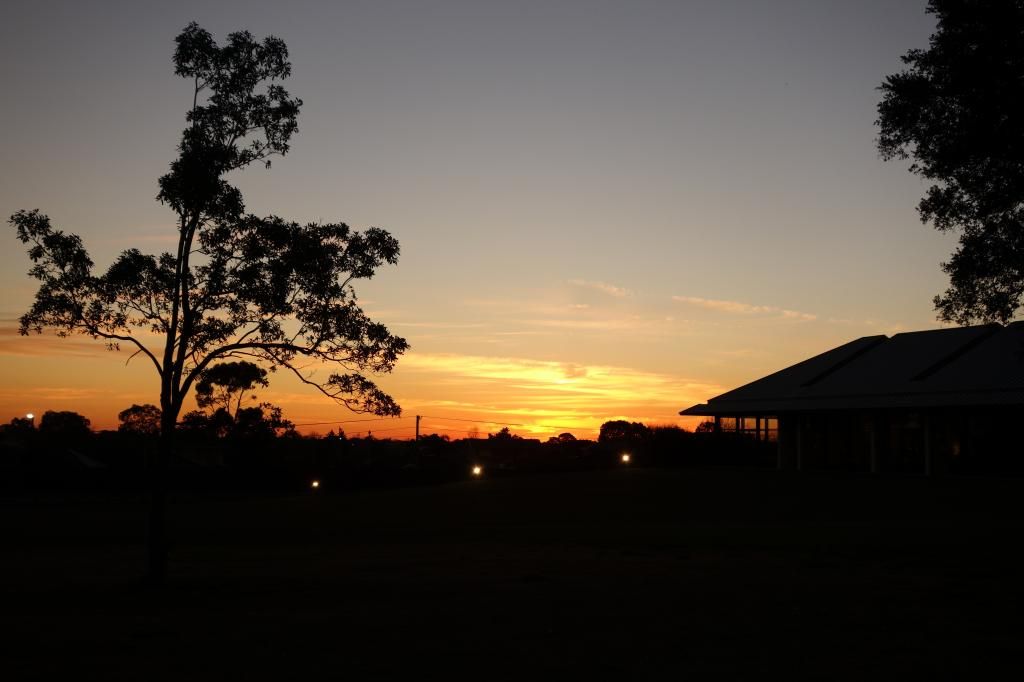Before I get to the course, it’s hard to talk about Metropolitan without mentioning fellow GCA’er Ben Jarvis, the club’s inestimable guest manager. From my first email requesting a tee time to the present, Ben has exemplified everything that we love about the game's communal sensibilities. I could go on at length, so I’ll say simply that Ben’s hospitality—which included making the long walk from the clubhouse to the first tee as we made the turn just to ask how our round was going—was a big reason our time at Metropolitan was so memorable. Thank you, Ben.
A few general words about the course. Almost everyone will tell you that Metropolitan is “the best conditioned course on the Sandbelt.” While it is that, it is much, much more. I frankly find the characterization to be somewhat of a slight—akin to when the pros deem courses “interesting.” My memory of Metropolitan is of a deeply peaceful, isolated experience on an eminently fair, yet challenging, world-class golf course. That I shot my best Sandbelt round at Metropolitan is no coincidence.
Although Metropolitan isn’t blessed with the same natural topographical features of Royal Melbourne, it makes great use of a relatively flat piece of land. (Some complain about the out-of-placeness of the pond to the right of the tenth fairway, but, because it doesn't really come into play, it factors little into the experience.) Many of the holes have gentle rolls and undulations in the fairways, which provide an unparalleled surface to walk and play from. And almost all of the par-4s and par-5s offer excellent playing "corridors," which give the mostly straight tee shots some added value and foster the calming isolation you often feel at Metropolitan. The green complexes, with bunkers that feel bigger and deeper than any others on the Sandbelt and certainly cut sharper than any others into the putting surface, allow for an incredible array of recovery shots, with gentle and steep slopes galore. What Metropolitan lacks are a number of great golf holes. That’s not to say it has none—the sixth gives Royal Melbourne West’s fourth a run for its money as the best par-5 on the entire Sandbelt, and the first rivals the first at Kingston Heath for the Sandbelt's best opener. But perhaps because so much focus appears to have been put into the other-worldly green complexes, I would argue that most of the holes get better the closer you get to the green—and generally, with a few exceptions (e.g., the tee shots on the sixth and twelfth holes), lack interest before then. None of the par-3s is particularly memorable, mostly because none of the tee shots have a wow factor (further proof that my argument as to all of the holes also applies to the par-3s). Interestingly, the most memorable (and only elevation-changing) par-3 is the 19th hole, which is sandwiched between the course's two best consecutive holes, the par-4 fifth and the par-5 sixth. At bottom, it’s a very fair golf course, a proper test of golf as the Brits would say. In some ways, it’s the Muirfield of the Sandbelt—a superb championship test, but one with (at least relatively) uninteresting land and minimal wow factor. I’m guessing the pros loved it for precisely those reasons when they played the Australian Masters there a few months ago.
(N.B.: As the lighting in my pictures makes plain, we played the back nine first. I therefore have fewer pictures from the front nine, which we finished as the sun was setting. If you want more, Metropolitan’s website has the best collection of (accessible) pictures of any of the Sandbelt clubs.)
Hole 1 (Tee)
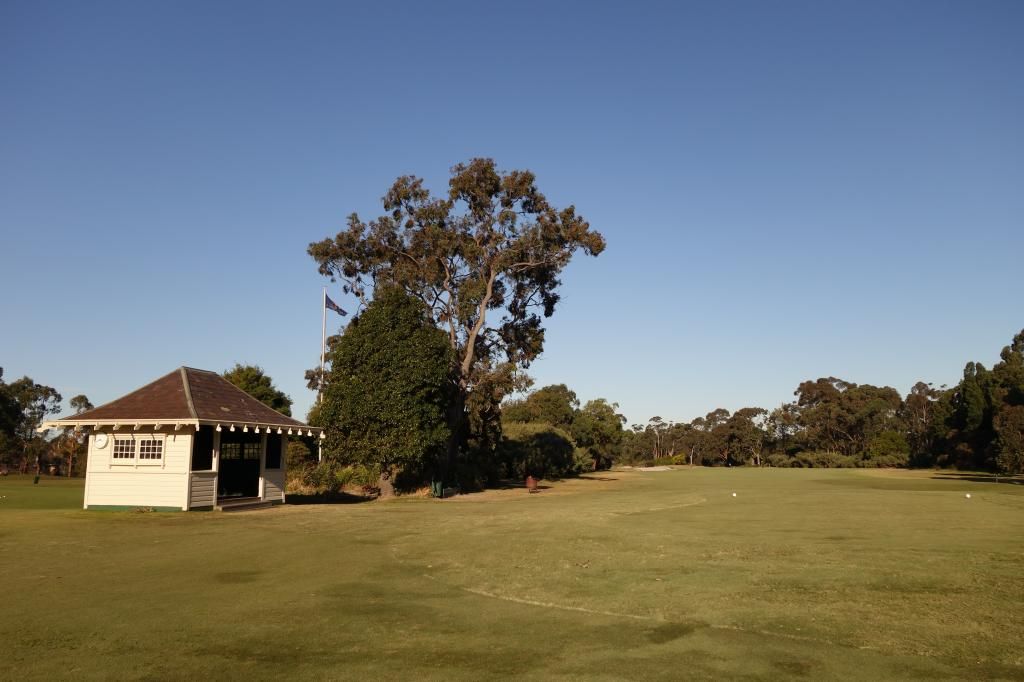
Hole 1 (Fairway)
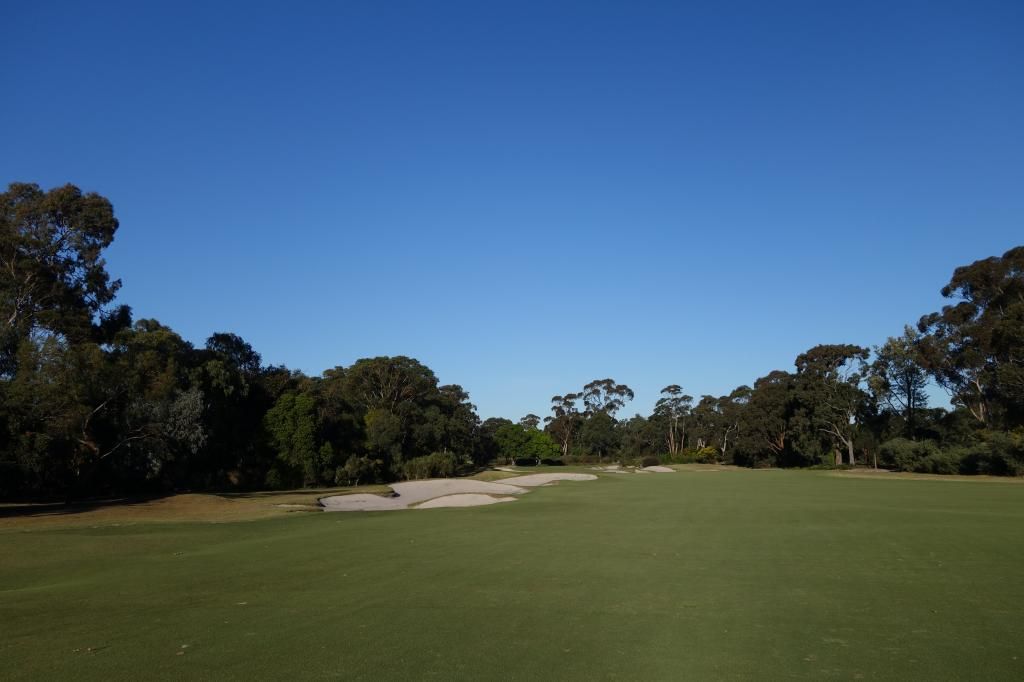
Hole 1 (Fairway/Green)
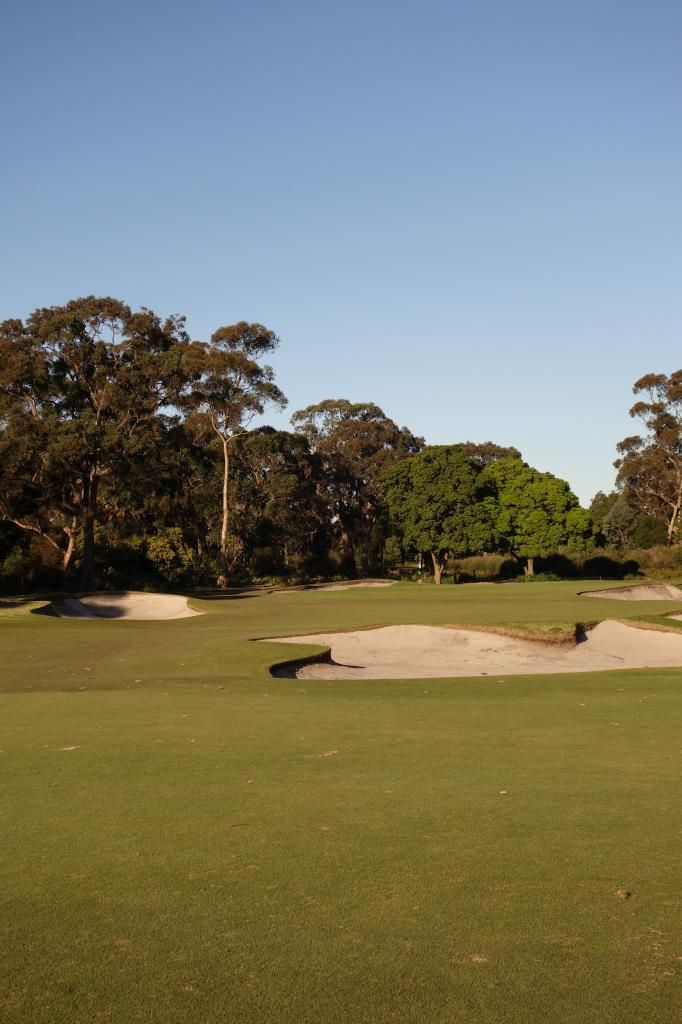
Hole 1 (Right Greenside Bunker)
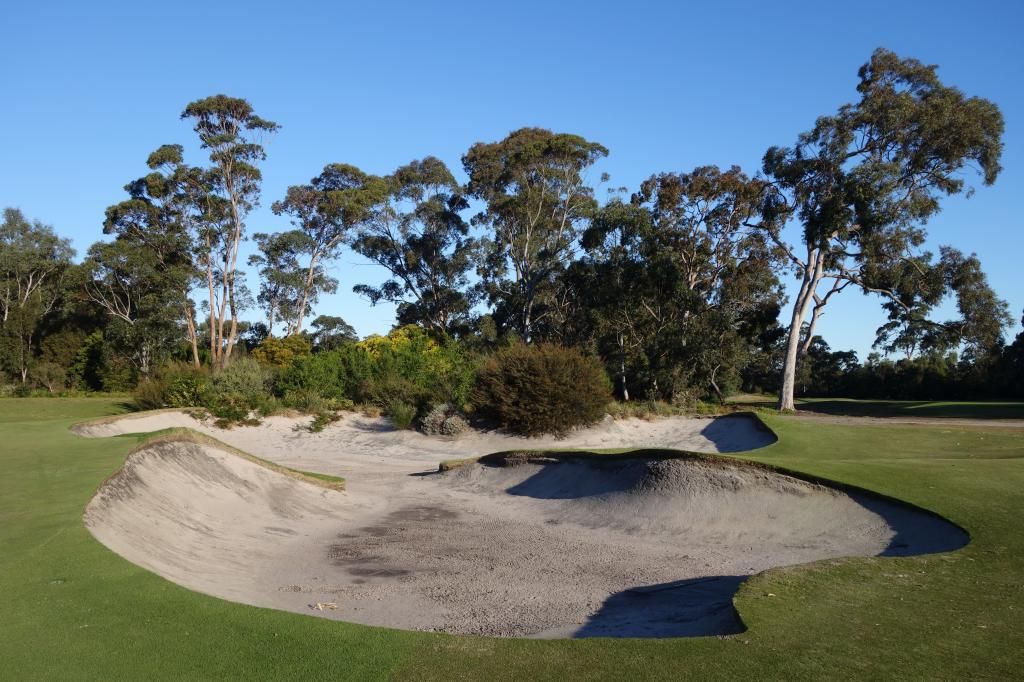
Hole 2 (Tee)
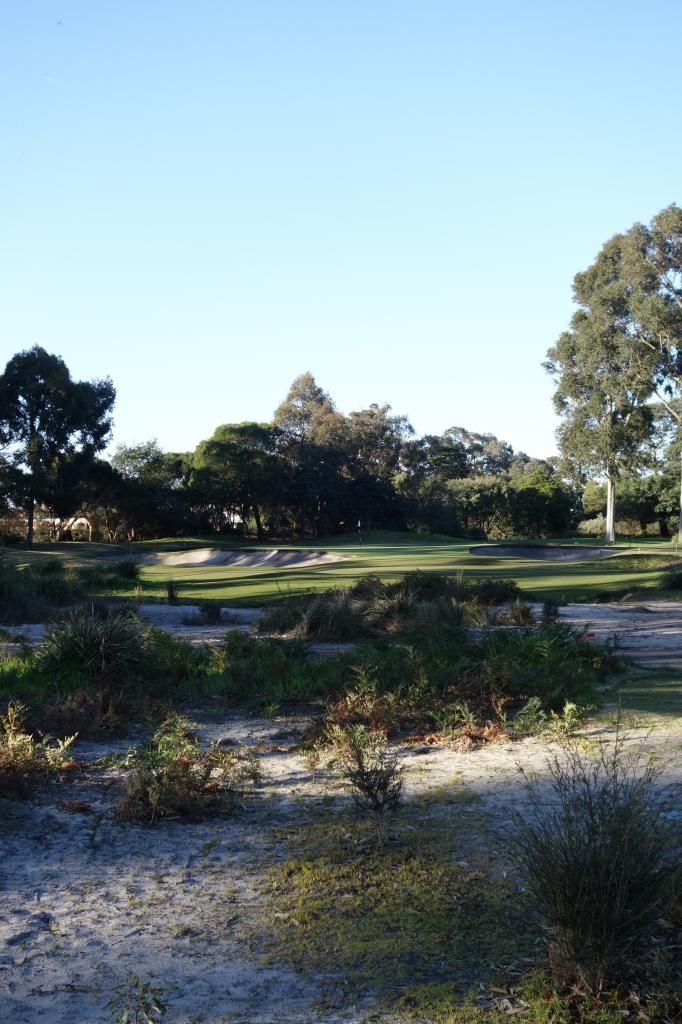
Hole 4 (Right Fairway Bunkers)

Hole 5 (Tee)
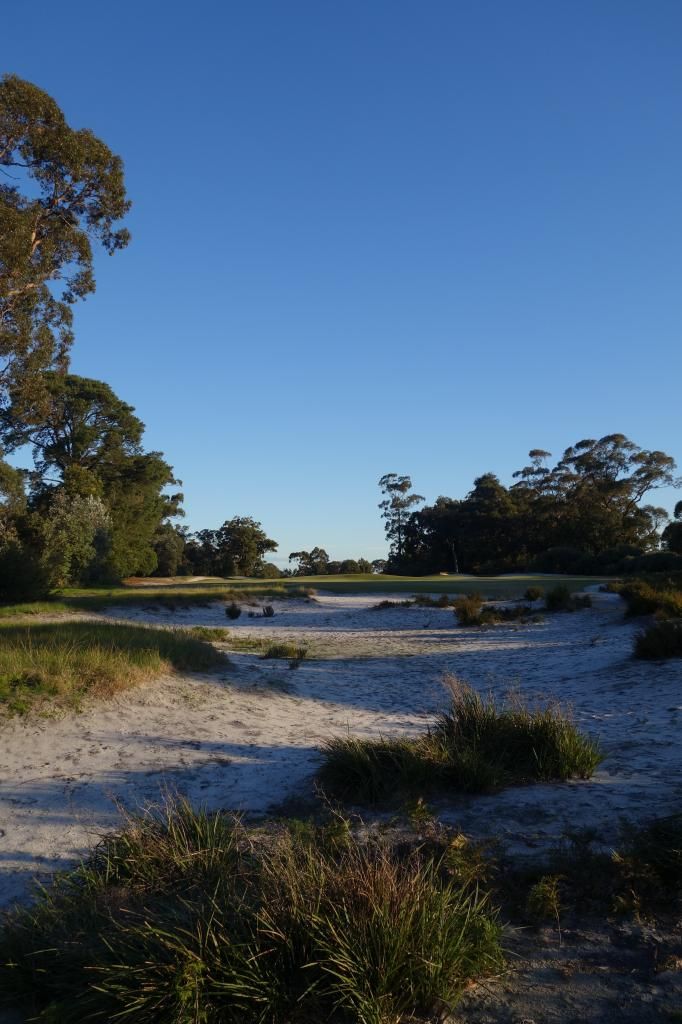
Hole 5 (Fairway) (N.B.: note the large mound in the center of the fairway that obscures the green, if not the flag, from view on the approach)
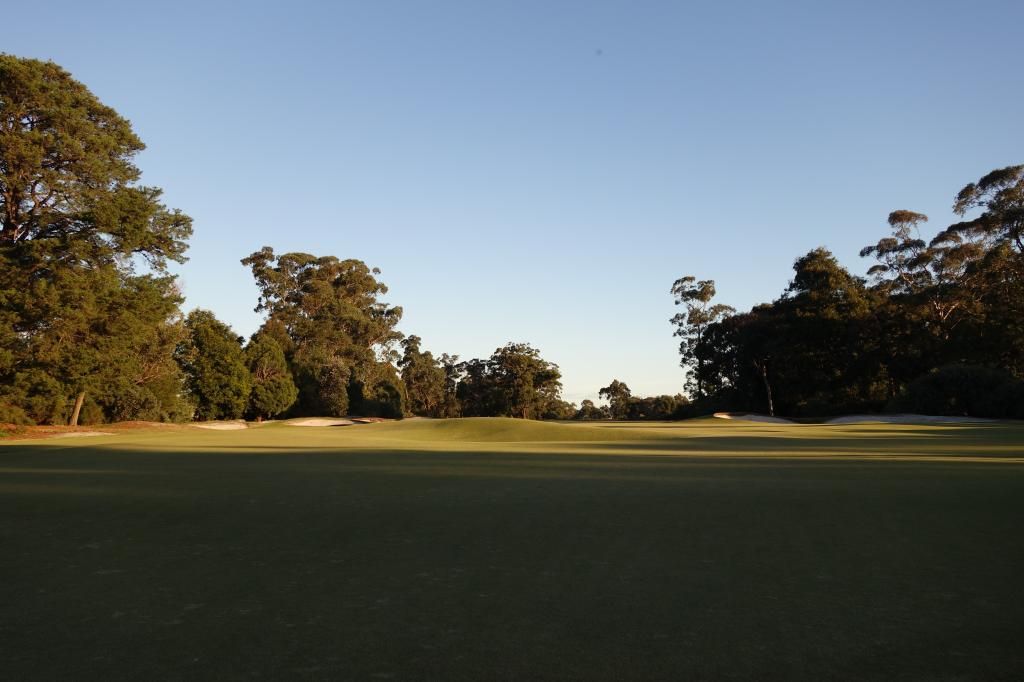
Hole 5 (Left Fairway/Greenside Bunker Complex)
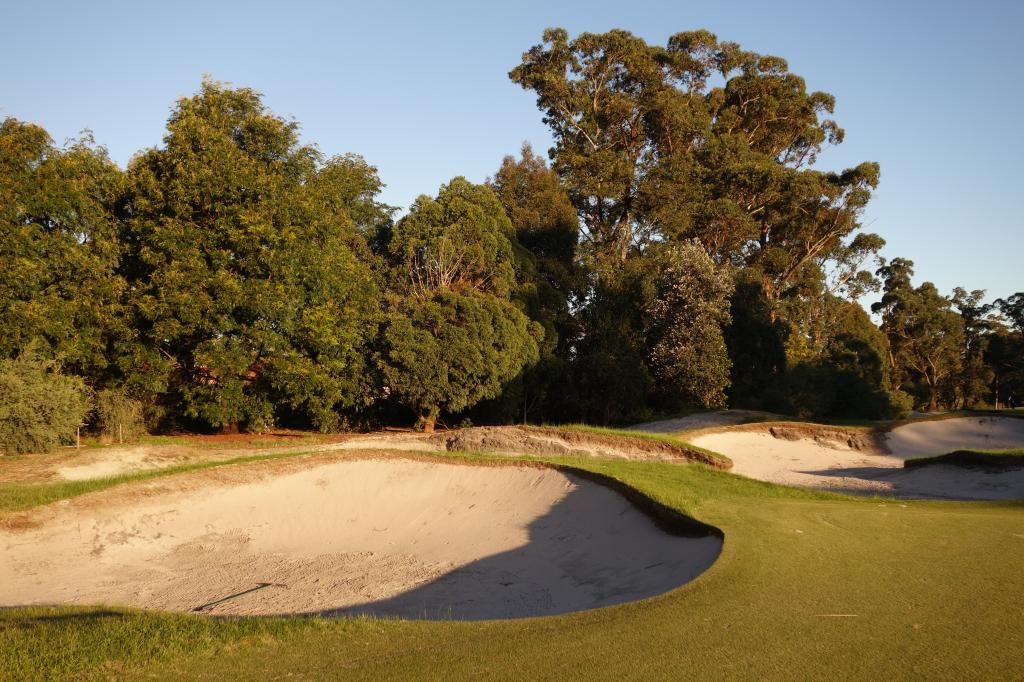
Hole 5 (Left Greenside Bunker) (N.B.: the bunkers at Metropolitan “cut” into the green more sharply than at any other Sandbelt course)
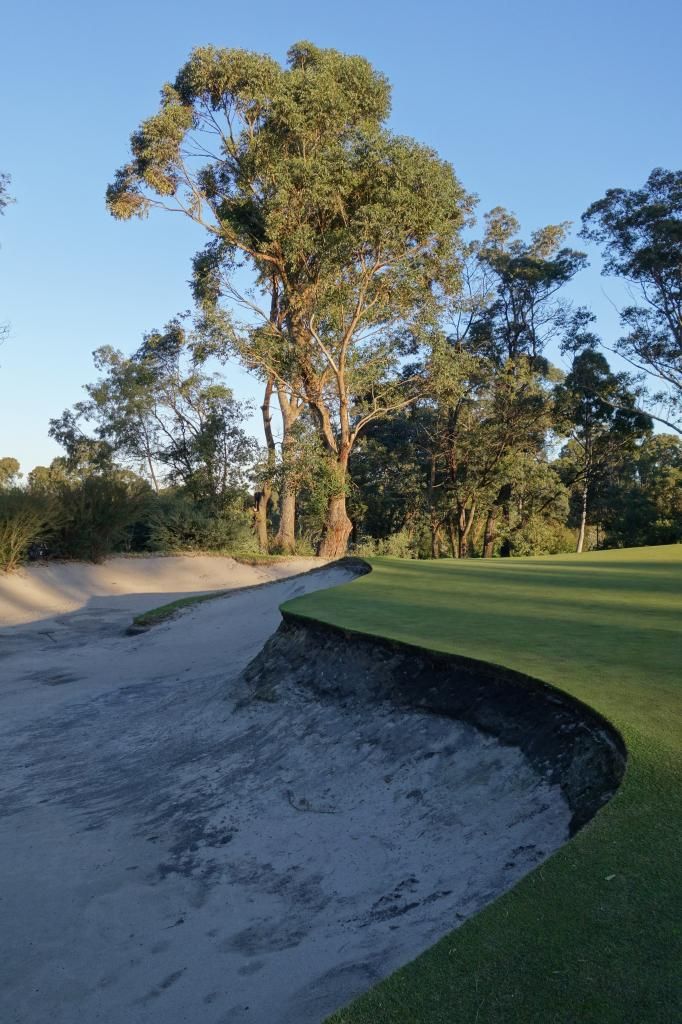
Hole 6 (Tee)
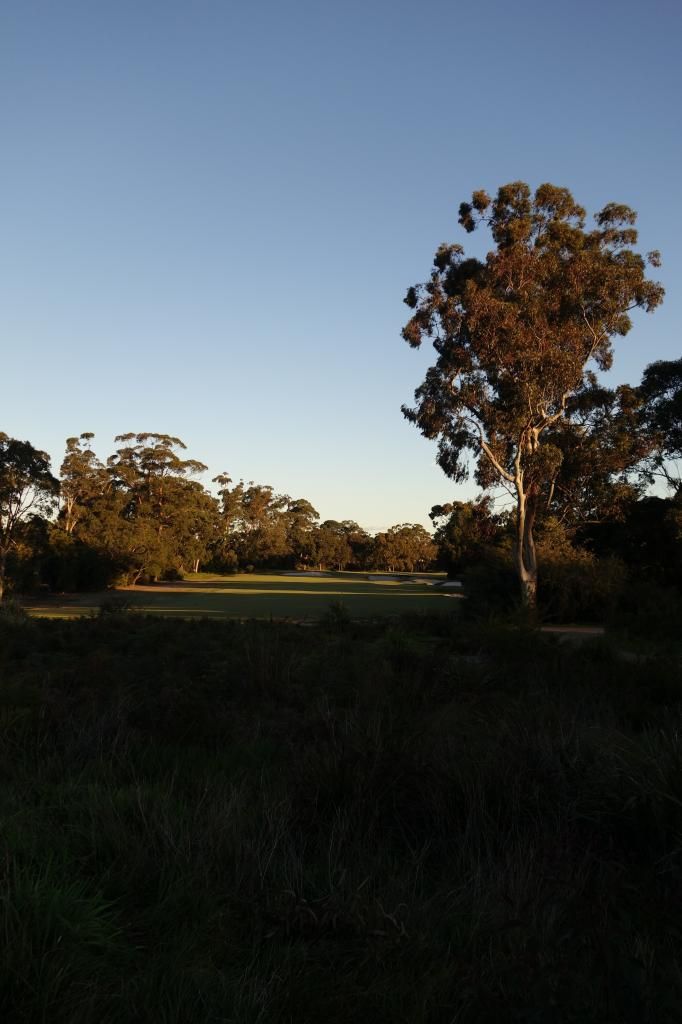
Hole 6 (Fairway)
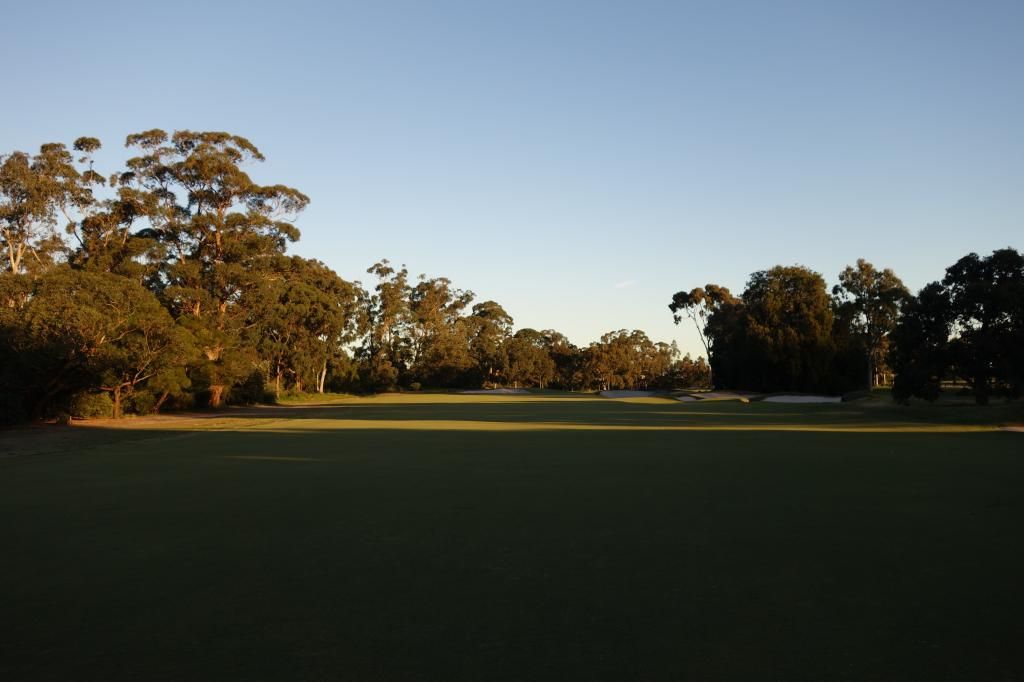
Hole 6 (Fairway)
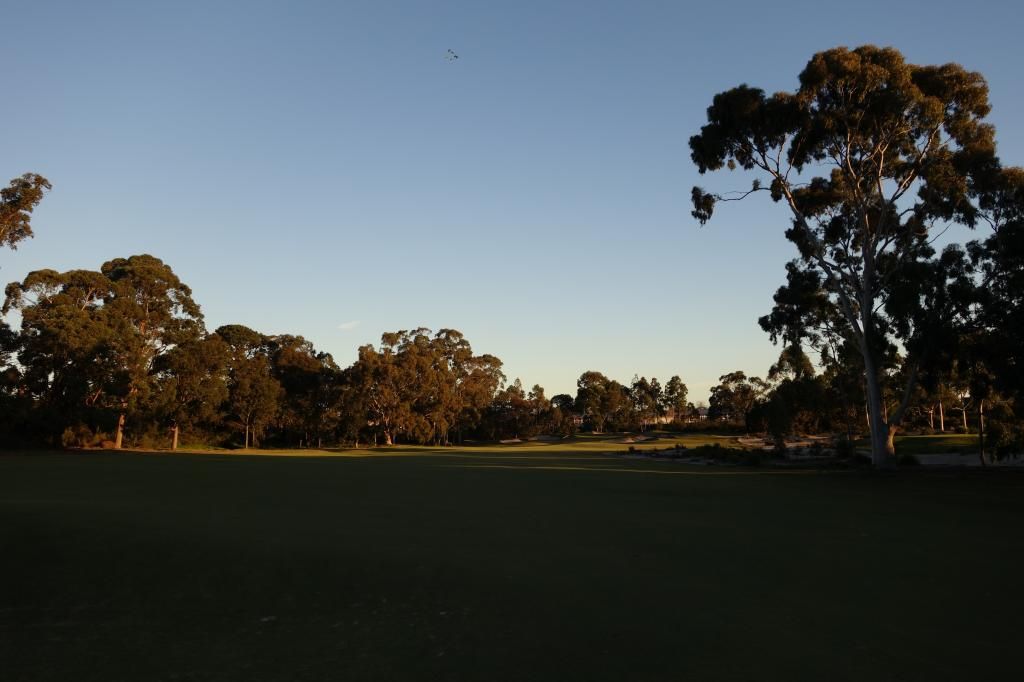
Hole 8 (Green)
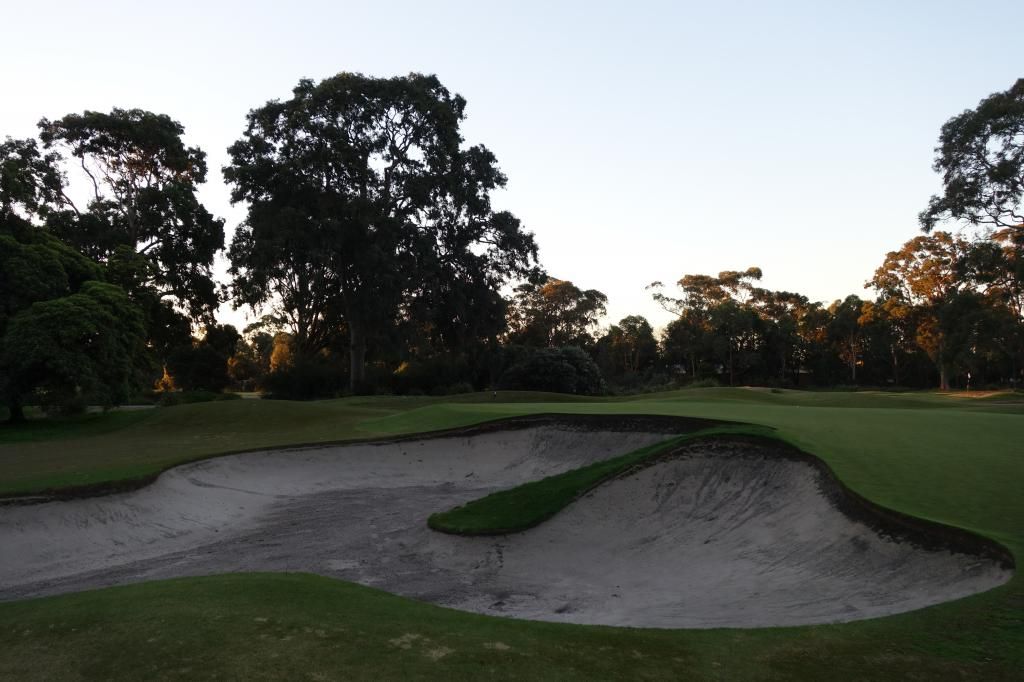
Hole 10 (Fairway)
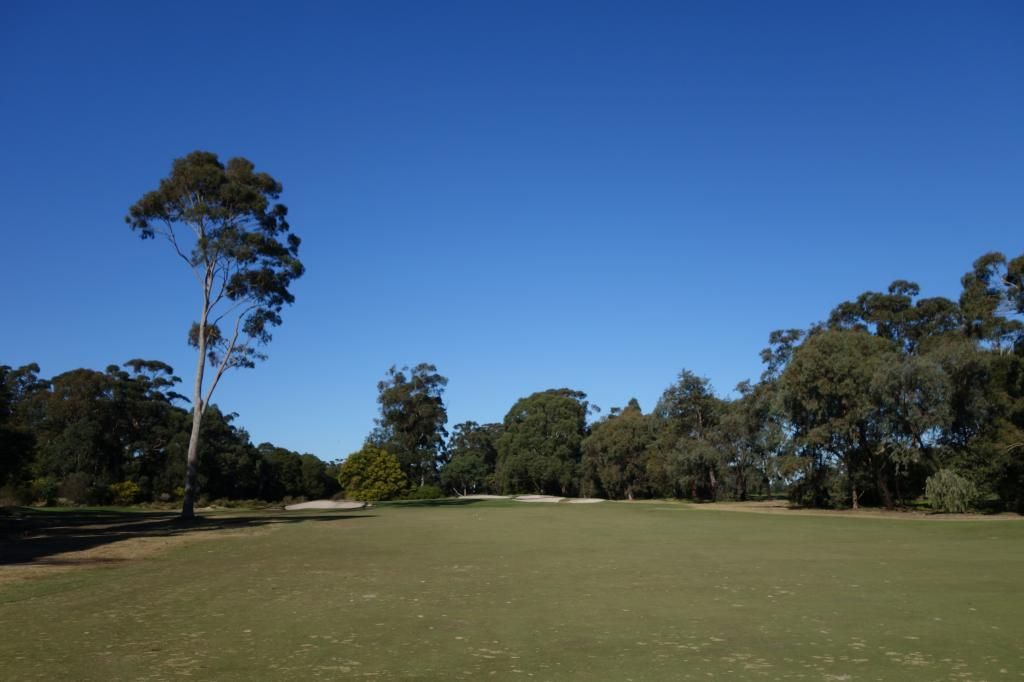
Hole 11 (Green)
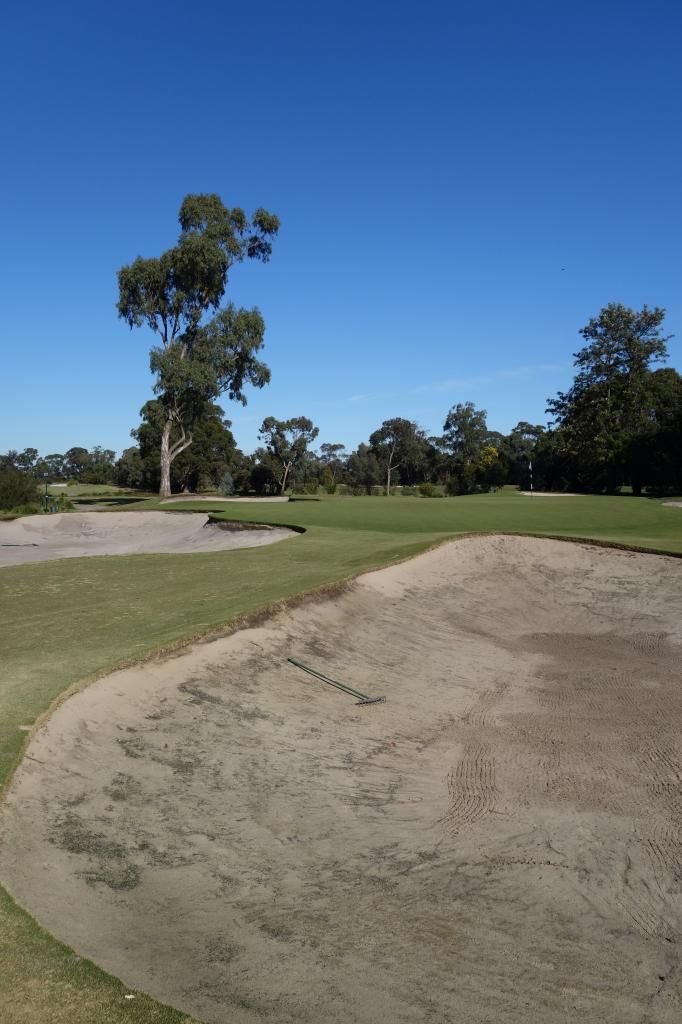
Hole 12 (Fairway) (N.B.: note the two large cross bunkers in the middle of the fairway; carrying them on the left leaves the shorter and more down-the-green approach, while carrying them on the right leaves the longer and more across-the-green approach)
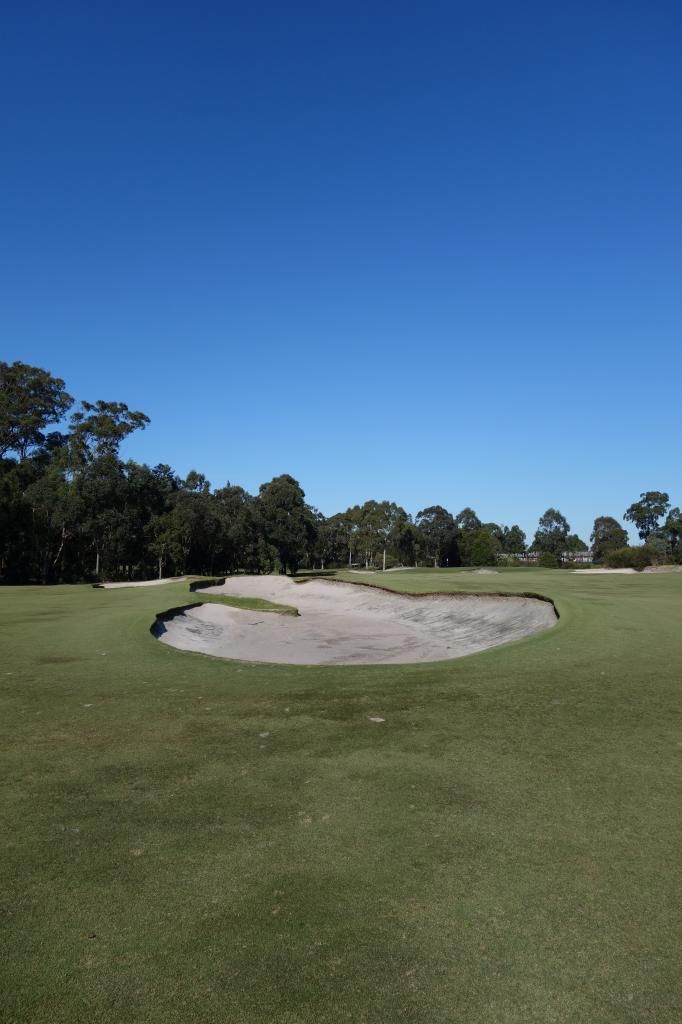
Hole 13 (Tee)
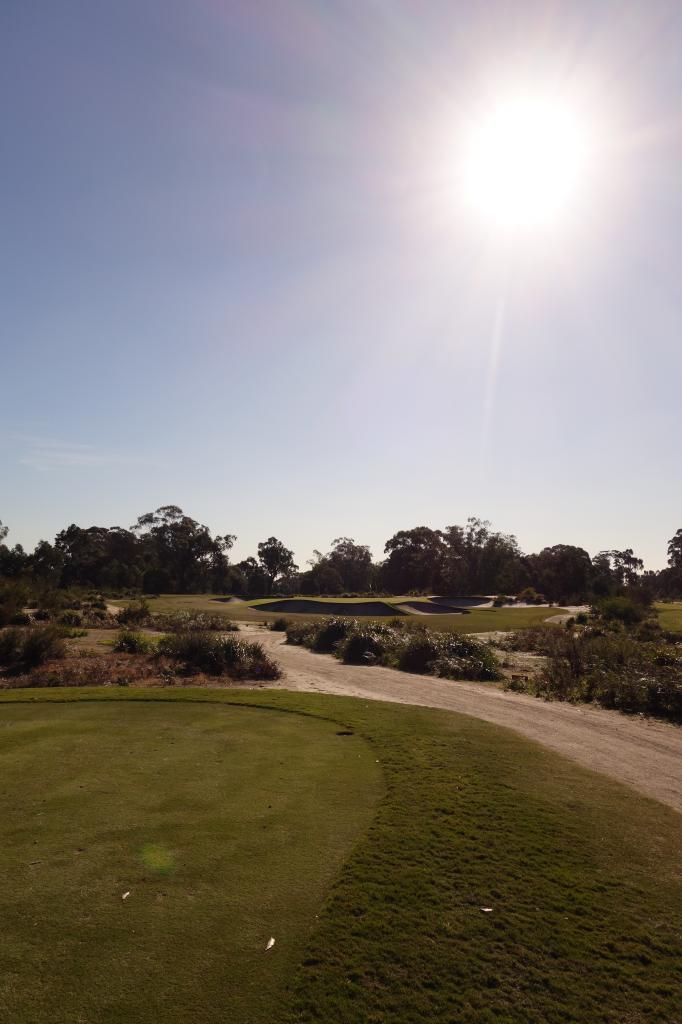
Hole 15 (Fairway/Green)
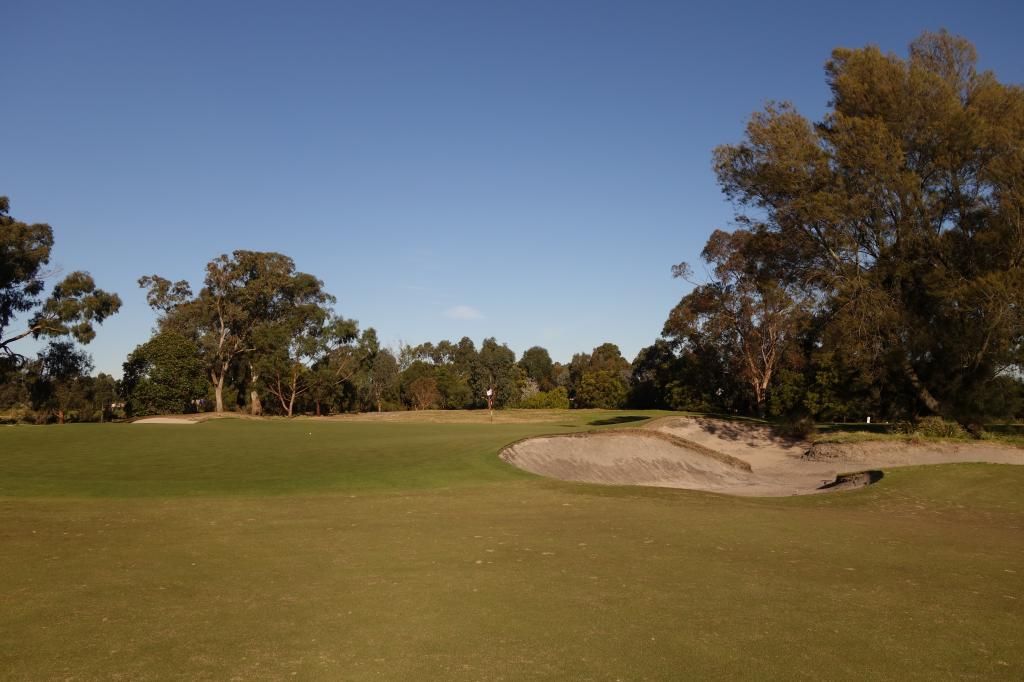
Hole 15 (Green)
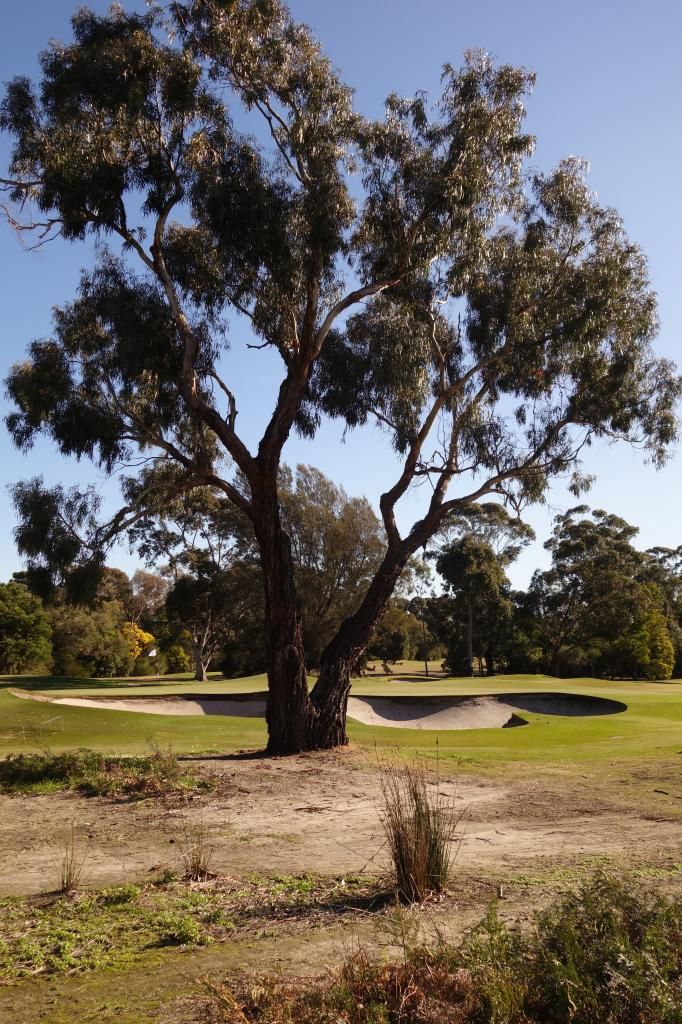
Hole 18 (Fairway)

Hole 18 (Fairway/Green)
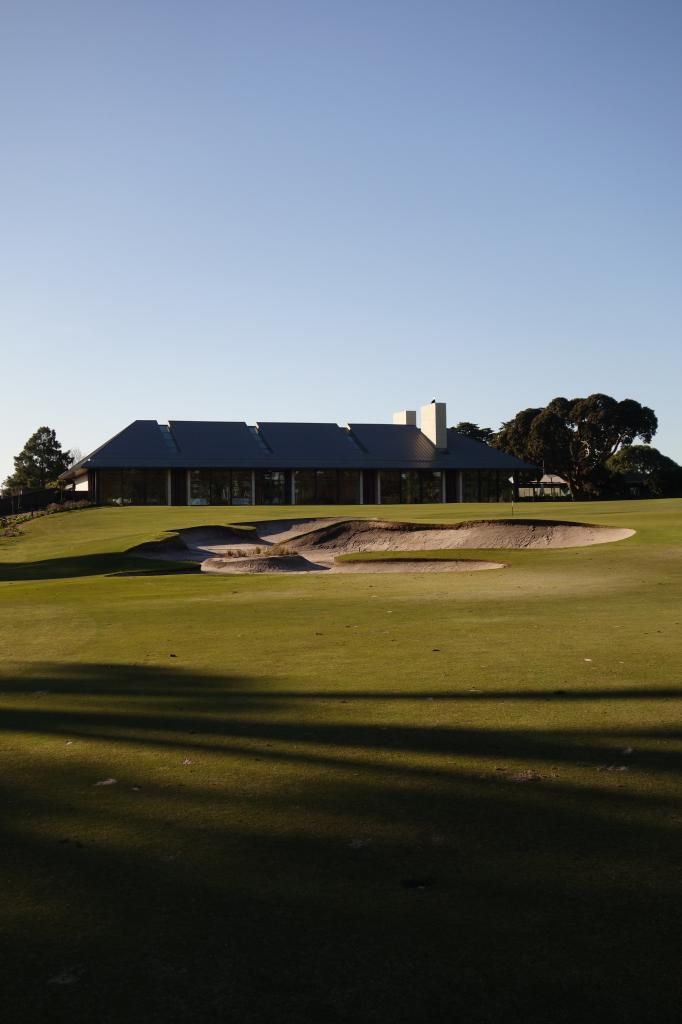
Hole 18 (Green)
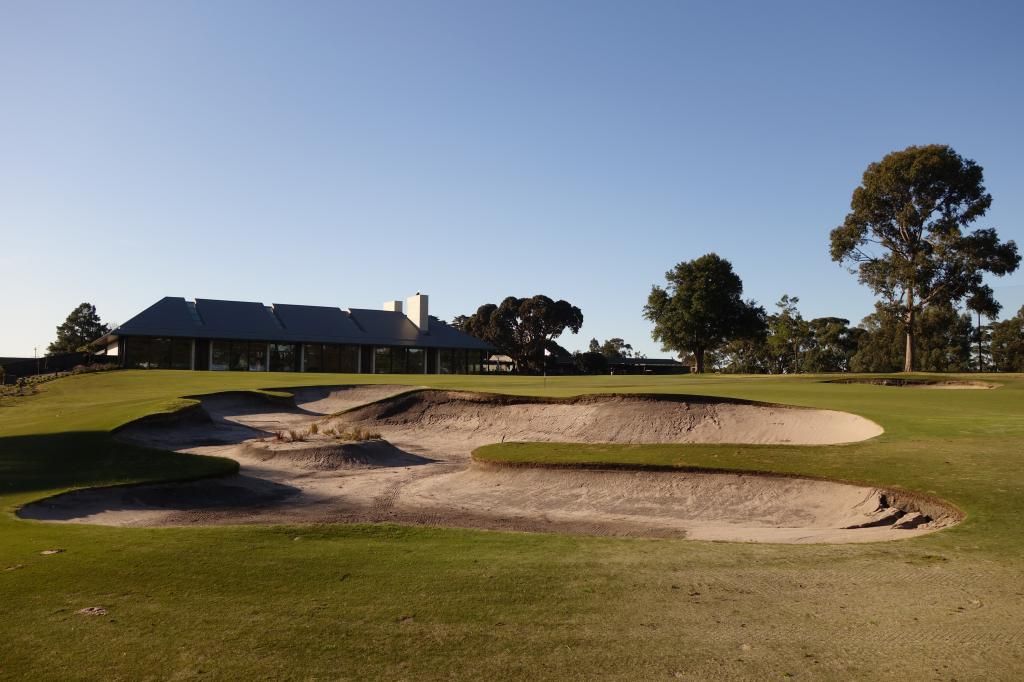
Metropolitan Golf Club, Clubhouse at Sunset
